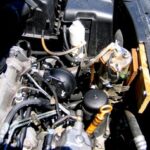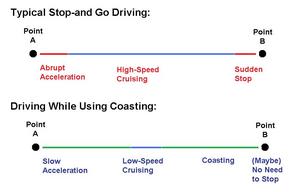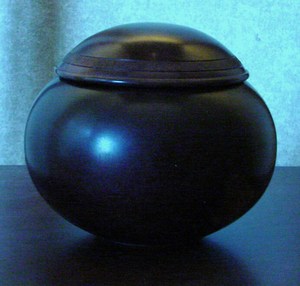The car is not a clean machine. Since it burns fossil fuel, you cannot expect it to emit nothing but clean air. You can only expect zero emission from electric vehicles and this time, an electric vehicle is not yet practical to own. There are different kinds of emission and you should be concerned about all of them and not just a few if you are serious about reducing your carbon footprint.
Carbon monoxide is the deadliest of all. You can neither see it nor smell it. This means that this could kill you without you being aware of it. In a closed room like your garage, a .05 percent of carbon monoxide in the air could kill you. That is the reason why you should never fire up your engine inside a closed garage even for a small amount of time.
This emission is the effect of burning a very rich air fuel mixture. Without the right amount of air in the combustion chamber, the fuel is not burned completely. The result is the production of carbon monoxide. There are different reasons why an engine could produce carbon monoxide. One of these is maladjustment in a carburetor. In today’s new vehicles, the carburetor is being replaced by fuel injectors so this problem is less frequent today.
Other causes could be a plugged PCV valve which disables the auto part to do its job which is to siphon gases from the crankcase. Another cause could be a faulty oxygen sensor. Another reason why you should never start the engine in a closed garage is the fact that super rich fuel mixture is fed to the engine during starting. This reduces the risk of emitting more carbon dioxide.
Another emission that you need to be aware of is hydrocarbon. This could be unburned gasoline or oil vapors. Hydrocarbons are not directly harmful. But when hydrocarbons react with sunlight, it breaks down into harmful chemicals. These resulting chemicals can irritate the nasal passages, eyes, throat, and even the lungs.
Making sure that no engine oil can enter the cylinder is also a good way to reduce the risk of your car emitting hydrocarbons. Engine oil can get into the combustion chamber through the valves if these are cracked or the guides are worn out. It could also enter from below. A broken piston ring could be the result of this or a worn out cylinder sleeves.
Another harmful gas being produced by engines are oxides of nitrogen. These are produced when oxygen and nitrogen reacts. This happens because nitrogen is abundant which means it could enter the combustion chamber and react with oxygen to produce NOX. This resulting gas could irritate the nose, eyes, and lungs.
To avoid the formation of NOX, automakers came up with the EGR or exhaust gas recirculation. What it does is it siphons backs some of the exhaust gases into the intake manifold thus diluting the fuel mixture about to enter the cylinders. This way, the temperature inside the engine is prevented from reaching the temperature threshold when nitrogen and oxygen could react with each other.



